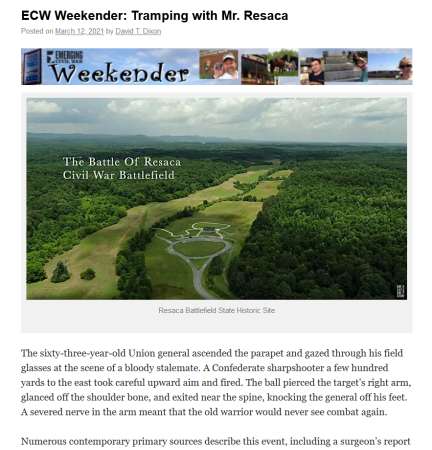
Eastern Theater 1861-65
80 pages. Bibliography, orders of battle, index.
This second book in the Combat series provides a introduction to the American Civil War, background on infantry in both armies, examines three historical fights, and provides analysis. The book is well illustrated with artwork, period photos, and battlemaps.
The six-page introduction mentions the fighting at Gettysburg, gives a brief history of American infantry, and discusses Eastern Theater terrain, weaponry, and factors that influenced combat. A map of the Eastern Theater shows the location of the three battles featured later in the book.
The Opposing Sides (19 pages) alternates between Union and Confederate as it explains how the infantry were organized, recruited, equipped and trained, and how they functioned on the battlefield. Four plates depict Union and Confederate infantrymen, front and back views, identifying uniform details and equipment.
The next three chapters each examine a portion of a battle, explaining how the infantry performed:
- First Bull Run/Manassas
- Describes the fighting around Henry House Hill, including Fire Zouaves and a counterattack by Stonewall Jackson's brigade. Includes annotated battlemap, two-page illustration, capsule biographies of two infantrymen. 16 pages.
- "The Bloody Angle," Gettysburg
- Describes Pickett's Charge in 12 pages, including annotated battlemap.
- Chaffin's Farm/New Market Heights
- Diversionary attack by black Union soldiers (United States Colored Troops - USCT) against Confederate fortifications. Includes annotated battlemap, two-page illustration showing viewpoint from both sides, and profiles of two soldiers. 15 pages.
The final chapter, Analysis & Conclusion, revisits the three engagements to explain how infantry evolved during the war.
This book is essentially an introduction to the Civil War (and, specifically, the Eastern Theater) for a novice reader. It covers all the basics, focusing on infantry to the exclusion of artillery and cavalry.
The First Bull Run chapter fails to explain to the reader that it is only focusing on a portion of the larger battle, and the description is hard to follow because the author provides too much detail. The map would have been more useful if it had zoomed in on the area where the fighting occurred.
Pickett's Charge is obviously a famous incident from the war, but it was also an anomaly – an attempt to win a battle with a Napoleonic-type charge. A better choice for this book would have been a more typical engagement.
Similarly, Chaffin's Farm is also an anomaly – Union troops making a bayonet assault against fortifications, a sacrificial assault that teaches little about standard infantry operations. While certainly a brave action by black soldiers in nearly suicidal conditions, it doesn't belong in this book.
Given the title, the reader might expect the author to compare and contrast Union and Confederate infantry, perhaps even to determine which side was superior. The aim of this series, however, seems to be to describe what combat between two opponents was like, rather than to make explicit comparisons between the two sides.
This book might serve as an introduction to the Civil War, but its poor choice of which engagements to examine makes it less useful than it might have been.







